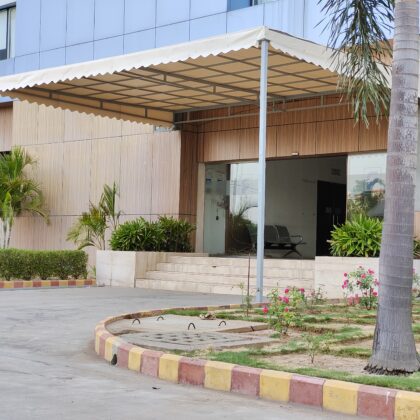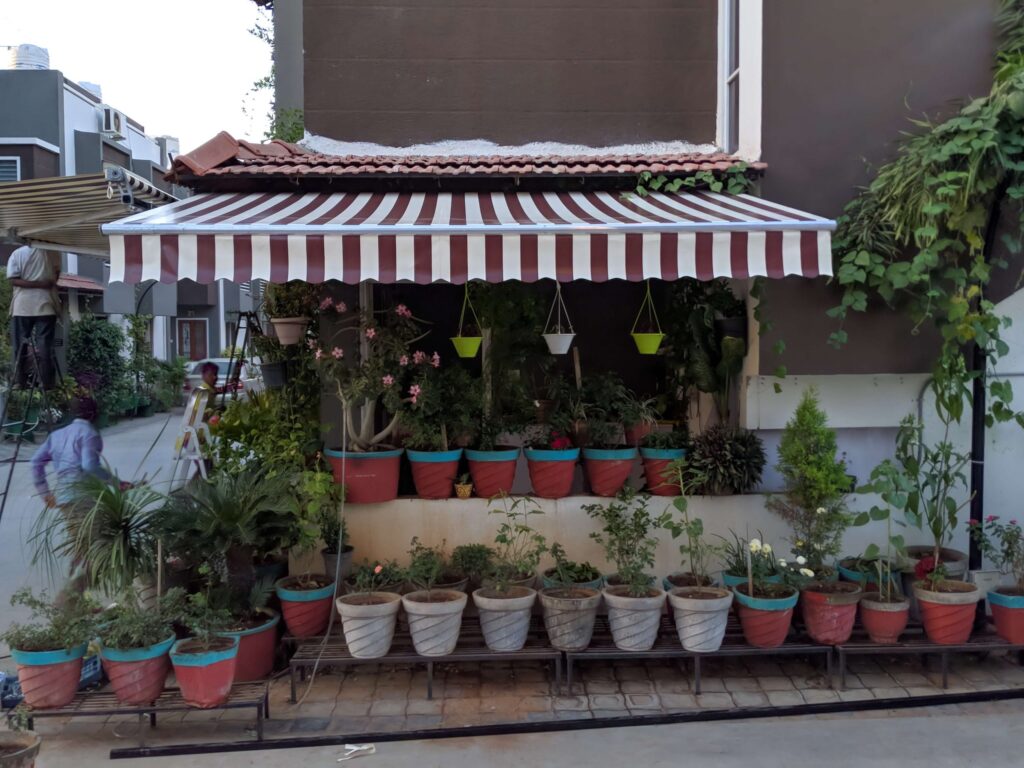In today’s world, sustainability is more important than ever. As we become more conscious of our environmental impact, finding eco-friendly solutions for our homes and businesses is crucial. One area where sustainability can make a significant difference is in our choice of shading solutions. In this blog, we will explore the benefits of eco-friendly shading solutions and how they contribute to a greener future.
1. Why Choose Eco-Friendly Shading Solutions?
Environmental Impact:
- Traditional shading solutions often involve materials and manufacturing processes that are harmful to the environment. Eco-friendly shading options use sustainable materials and methods, reducing their ecological footprint.
Energy Efficiency:
- Eco-friendly shading solutions are designed to improve energy efficiency by reducing heat gain in the summer and heat loss in the winter. This leads to lower energy consumption and reduced greenhouse gas emissions.
Health Benefits:
- Sustainable materials often have fewer chemicals and toxins, making them safer for both the environment and human health.
2. Types of Eco-Friendly Shading Solutions
Sustainable Materials:
- Bamboo Shades: Bamboo is a fast-growing, renewable resource that makes for stylish and sustainable window coverings.
- Recycled Fabrics: Fabrics made from recycled materials, such as PET bottles, reduce waste and the demand for virgin materials.
Natural Fiber Shades:
- Hemp and Linen: These natural fibers are biodegradable, durable, and have a low environmental impact.
- Cotton: Organic cotton shades are free from pesticides and chemical treatments, making them a healthier choice.
Solar Shades:
- Photovoltaic (PV) Fabric: PV fabric integrates solar cells into shading solutions, allowing them to generate renewable energy while providing shade.
- Low-E Coatings: These coatings on window shades help reflect heat, enhancing energy efficiency.
3. Benefits of Eco-Friendly Shading Solutions
Energy Savings:
- Temperature Regulation: By blocking out heat in the summer and retaining warmth in the winter, eco-friendly shading solutions can significantly reduce the need for air conditioning and heating.
- Natural Lighting: These solutions often allow for better control of natural light, reducing the need for artificial lighting during the day.
Reduced Carbon Footprint:
- Sustainable Manufacturing: Eco-friendly shading solutions are produced using methods that minimize environmental harm, such as reduced water usage and lower emissions.
- Longevity and Durability: High-quality sustainable materials last longer, reducing the frequency of replacements and the associated environmental impact.
Improved Indoor Air Quality:
- Non-Toxic Materials: Sustainable shading solutions use materials that emit fewer volatile organic compounds (VOCs), improving indoor air quality.
- Allergen Reduction: Natural materials like bamboo and organic cotton are less likely to attract dust and allergens, contributing to a healthier indoor environment.
4. Eco-Friendly Shading Solutions for Different Spaces
Residential:
- Window Shades and Blinds: Choose sustainable materials that complement your home decor while providing effective shading.
- Outdoor Awnings: Opt for awnings made from recycled fabrics or natural fibers to create a comfortable and eco-friendly outdoor space.
Commercial:
- Office Buildings: Install solar shades with low-E coatings to enhance energy efficiency and create a productive work environment.
- Retail Spaces: Use eco-friendly shading solutions to create inviting and comfortable shopping areas while promoting your commitment to sustainability.
Public Spaces:
- Parks and Recreation Areas: Implement tensile structures and shade sails made from sustainable materials to provide shade and protect the environment.
- Educational Institutions: Incorporate eco-friendly shading solutions in schools and universities to create healthy and sustainable learning environments.
5. How to Choose the Right Eco-Friendly Shading Solution
Assess Your Needs:
- Consider the specific requirements of your space, including the level of shade needed, climate, and aesthetic preferences.
Research Materials:
- Look for shading solutions made from certified sustainable materials, such as FSC-certified wood, organic fabrics, and recycled content.
Energy Efficiency:
- Choose products with energy-efficient features, such as reflective coatings and solar capabilities, to maximize environmental benefits.
Professional Advice:
- Consult with experts who specialize in eco-friendly shading solutions to ensure you select the best options for your needs.
Conclusion
Eco-friendly shading solutions offer numerous benefits, from reducing energy consumption and lowering your carbon footprint to improving indoor air quality and contributing to a healthier environment. By choosing sustainable shading options, you can create comfortable, stylish, and eco-conscious spaces that support a greener future.
At Asha Smart Shades, we are committed to providing high-quality, sustainable shading solutions that meet your needs while protecting the environment. Contact us today to learn more about our eco-friendly products and how they can enhance your home or business.








